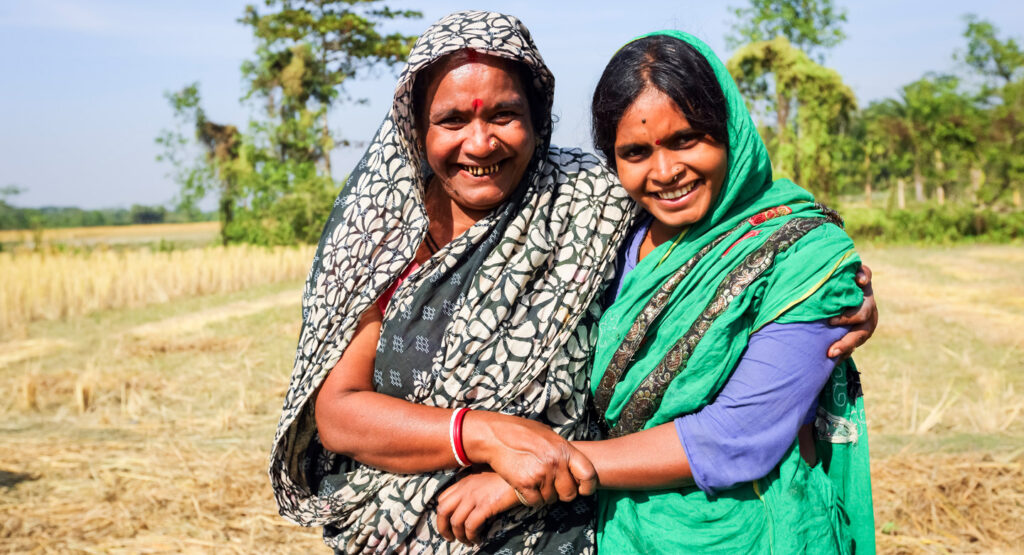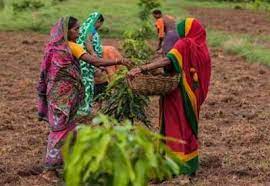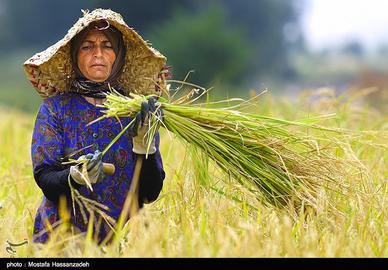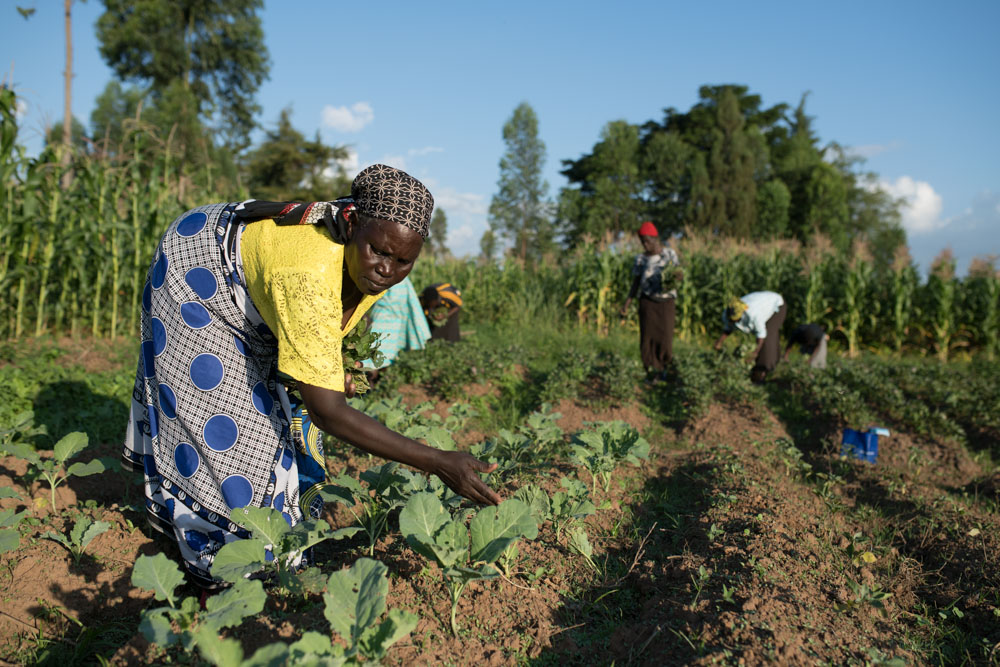ANCIENT RIGHTS, MODERN REALITIES – THE RURAL WOMAN’S TIME WRAP
The Rural Woman’s Time Wrap | International Day of Rural Women 2025
Introduction
This day is dedicated to elevating and celebrating the indispensable role of rural women and girls in the world’s economy, food systems, and resilience efforts. It serves as a forceful reminder that sustainable development, food security, and poverty eradication cannot be achieved without their full, equal participation and empowerment.
Role and Significance
Across the planet, these women act as primary drivers of agricultural production, custodians of traditional knowledge, and frontline managers of natural resources, yet they disproportionately bear the burden of poverty, inequality, and climate change impacts.
Therefore, a decisive call to action from the government and society is required to dismantle systematic barriers the rural woman faces—from land ownership and financial access to representation in decision-making—ensuring their contributions are recognized and their inherent rights upheld.


Critical Contributions of Rural Women
Rural women are not beneficiaries of development; they are active agents of transformative change. Their work is critical to global well-being in the following areas:
1. Global Food Security
2. Climate Resilience and Biodiversity
3. Family and Community Well-being
Key Challenges
Despite their massive contributions, rural women encounter structural barriers and hardships such as:
Limited Land Ownership: Often categorized as “agricultural labourers” rather than “farmers,” limiting access to credit, subsidies, and insurance.
Wage Inequality: Paid less than men for the same work, violating the principle of Equal Remuneration.
Drudgery and Health Issues: Continuous bending, carrying heavy loads, and lack of ergonomic tools cause chronic health problems and postural defects.
Socio-Cultural Barriers: Patriarchal norms result in gender discrimination, early marriage, restricted education, limited decision-making power, and high rates of domestic violence.
- Lack of Access: Limited access to education, modern technology, institutional credit, and healthcare services.
Theme 2025: “Rural Women Rising”
This year’s theme, “Rural Women Rising”, celebrates the vital contributions of rural women and girls in strengthening communities and driving economic growth. It emphasizes their role in enhancing livelihoods, nurturing leadership, safeguarding rights, and building resilience. From managing farms and local enterprises to leading community initiatives, rural women are at the forefront of inclusive development, championing equality, and promoting sustainable practices for present and future generations.


Call to Action
The International Day of Rural Women is a platform for the global community to commit to specific actions, including:
Legal Reforms: Enforce laws guaranteeing equal rights to land ownership and inheritance for women.
Targeted Investment: Scale up investments in rural infrastructure—piped water, clean energy, and healthcare—to reduce unpaid care burdens.
Empowerment Programs: Provide vocational training in climate-resilient farming, support women-led cooperatives and Self-Help Groups (SHGs) to improve market access and financial inclusion.
Conclusion
In honouring the International Day of Rural Women, we do more than mark a calendar date — we reaffirm that rural women are not just beneficiaries of development but primary agents of change. Their labour feeds families, sustains the land, and strengthens community bonds. However, their resilience must not be mistaken for silent suffering.
We must commit to targeted, systematic investments in digital literacy, climate-resilient agriculture, and local governance that amplify their voices.
👉 Let this day be a renewed pledge to ensure every rural woman has the resources, rights, and respect she needs to thrive. The future of our planet is in their hands.









